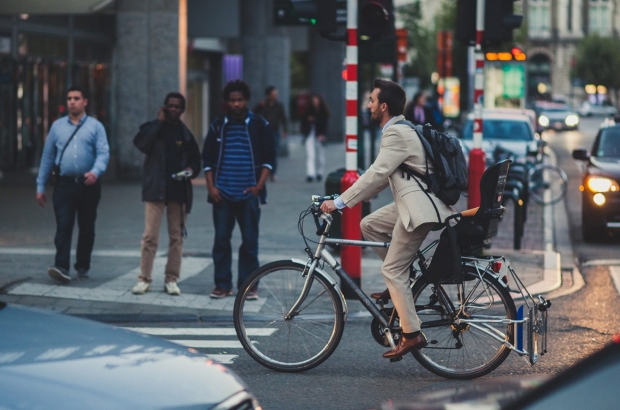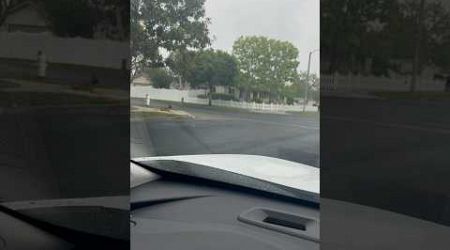One in three employees cycle to work, study claims
Cycling in Brussels – seen as nothing short of crazy 30 years ago – is becoming more popular every year, new figures confirm. The most recent BeMob survey by Belgium’s mobility ministry has revealed that 32% of Belgian workers used a bicycle to go to

Cycling in Brussels – seen as nothing short of crazy 30 years ago – is becoming more popular every year, new figures confirm.
The most recent BeMob survey by Belgium’s mobility ministry has revealed that 32% of Belgian workers used a bicycle to go to work in 2023, compared to 29% in 2022, especially in the capital.
“Cycling is good for your health, your wallet and the climate - so cycling has all the makings to be a success,” said mobility minister Georges Gilkinet, following the release of the study based on data from 6,240 respondents aged between 18 and 79.
"This trend among employees is particularly encouraging, as this is a segment with great potential to shift to the most environmentally friendly means of transport."
Workers are entitled to a bicycle allowance of €0.27 per kilometre, which will go up to €0.35 per kilometre from fiscal year 2025. Gilkinet said that this increase, coupled with the removal of the cap on employer contributions to people choosing to cycle to work, have encouraged people to commute by bike.
“These figures overwhelmingly show the enthusiasm for cycling,” Gilkinet said. “It is up to us, at all levels of government, to channel this movement, and to do everything we can to map out the full potential of cycling in Belgium.”
He also said it was important to improve cycling infrastructure, to install more places to park bicycles and to encourage a combination of the train and the bicycle as a means of transport.
More than half of adults in Belgium (57%) claim to use a bicycle, but the differences across the country are marked.
Indeed, BeMob’s 32% figure for commuting is questionable, according to Luc Goffinet, responsible for Walloon and federal policy at Gracq, the organisation representing daily cyclists in francophone Belgium.
“In our view, these numbers do not mean anything because they are averages," he said. "Tell Walloons that 32% of people cycle to work and they’ll laugh in your face. Say the same thing to the Flemish and they’ll say they have the impression that there are many more.”
He said that the regional figures published by the federal public service for mobility and transport were more realistic.
In Flanders, 75% of people say they cycle, compared with 37% in Brussels and 31% in Wallonia. “In the capital and north of the country, cycling is used more for commuting, shopping or leisure activities, whereas in Wallonia, cycling is more of a recreational activity,” the study concluded.
For Gracq, these differences can be explained mainly by the 30km/h speed limit in Brussels and the cycling policies that exist in Flanders and the capital. These include, for example, the dedicated cycle lanes on the inner ring and on Boulevard Général Jacques.
More safe facilities are being built in Brussels, even if it means taking space away from cars, so as not to cut into the space reserved for pedestrians and public transport.
“These are not popular choices, but they pay off in the long term, because on major roads, only segregated cycle lanes can persuade people to take their bikes,” Gracq's spokesman added.
Goffinet regrets that such policies only started in Wallonia in recent years: “In the south of the country, unfortunately, this policy only really began in 2019. Wallonia is 20 years behind Brussels.
“In Liège, they don’t dare take space away from cars, so they put bikes in with pedestrians. In Namur, it’s the same thing.”
The survey also revealed that 30% of cyclists in Belgium said that they wanted to increase their use of the bicycle and 17% of non-cyclists said they wanted to start cycling.
Related
Share this page
Guest Posts by Easy Branches

































